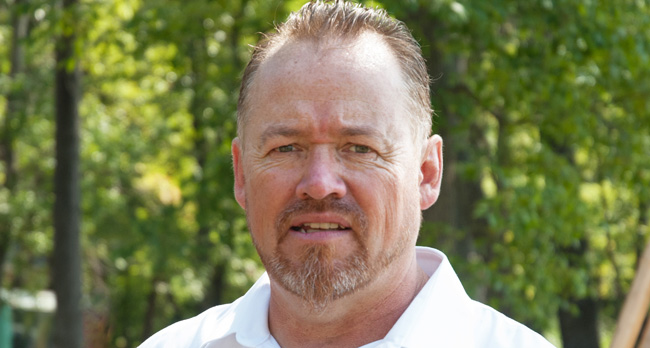Chief Scott McLeod says Lake Nipissing needs time

By Kelly Anne Smith
NIPISSING FIRST NATION – Fish swimming in Lake Nipissing have always been an important part of Nipissing First Nation. Fish, especially Walleye, were used for sustenance, as burial offerings, and for the interpretation of remains.
Archeologists say that fishing was never intensive enough to decimate the fish but they became threatened when Europeans arrived on the shores. Indigenous Peoples have made nets for fishing for about 5000 years. Many hands were needed to clean the fish before it spoiled. Gill nets, vertical nets set to trap by the gills of the fish, have been controversial of late.
There is a case moving through the courts with charges laid under fish and wildlife conservation laws for letting fish decay. Photos have been shared of drifting nets with dead fish.
Hearing concerns from many people from Nipissing First Nation, tourism and business, the newly elected Chief and council felt compelled to take immediate action.
Chief Scott McLeod explains that a change to the length of the fishing season had to take place to keep Lake Nipissing in recovery mode. “We are working with our people and saying, look, let’s give the fish the opportunity to do it themselves, they do it best.” “The commercial aspect of the fishery is closed. It wasn’t shut down so much as closed early. Any activity beyond this should only be subsistence fishing, which can still be gill netting.”
Chief Scott McLeod cautions that just restocking Lake Nipissing is not the only answer to keeping the lake teeming with fish which can be golden yellow, green, almost white and some with tinges of blue. “There is still naturally occurring Walleye that have to be taken care of.” Chief McLeod instructed on Hatcheries 101 and stocking a lake that’s been over fished. “There are negative impacts on fish generated in artificial conditions. It does not contribute as much as we take out. There is no genetic selection happening and the fish are in confined conditions.”
Walleye go back to the same place they were born to spawn. They do it by genetic imprint mixed with wave action, water quality and light penetration. Chief McLeod says fish from a hatchery do not carry any of the wild genetic markers. “Fish from a hatchery will almost 100% not spawn. And they are taking away from the biomass but not adding to it.” Chief McLeod says they are going ahead to create a hatchery ready for next spring. “Lake Nipissing is too big for a put and take fishery – you put them in and fishermen take them out. The demand is high.”
Chief McLeod says stocking Lake Nipissing will be expensive. “We will need to spend about $10 or $20-thousand dollars and that’s using volunteers. Will it be worth it to produce a quarter of a million eggs when two dozen fish could do that on their own in the wild and produce hearty fish?”
The biggest reason for Chief McLeod to reopen the hatchery is for it to be used as a teaching tool for youth. “When you show kids the whole biological process, they understand the importance of conservation and management. And it is important for the whole community to get involved.”
Time will tell after the spring thaw and into the warm season of summer whether the measured efforts of Nipissing First Nation will have helped the fishery.


